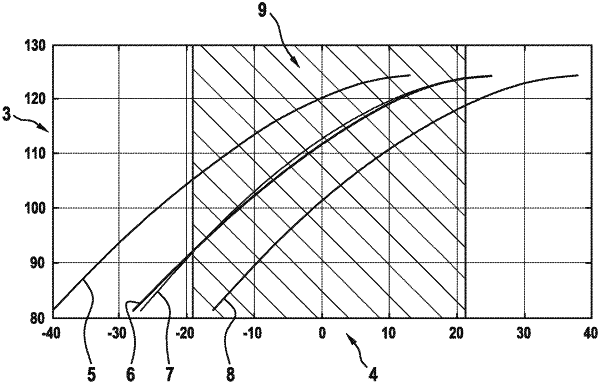| CPC G01S 7/4817 (2013.01) [G01S 7/481 (2013.01); G01S 7/4911 (2013.01); G01S 7/499 (2013.01); G02B 27/286 (2013.01); G02F 1/292 (2013.01); G02F 1/31 (2013.01); G02F 2203/07 (2013.01); G02F 2203/24 (2013.01)] | 12 Claims |

|
1. A lidar device, comprising:
an integrated optics that includes a beam deflecting unit having an optical phase array having a multiplicity of antennas, each respective antenna of the multiplicity of antennas being set up to emit electromagnetic radiation at a prespecified angle of radiation, the prespecified angle of radiation covering a prespecified field of view of the lidar device;
wherein the prespecified angle of radiation is divided, using a polarization rotation unit situated upstream of the respective antenna, into two subregions which are adjacent to one another and together cover the prespecified field of view of the lidar device, the two subregions including a first angle of radiation subregion, in which the electromagnetic radiation is emitted having a first polarization, and a second angle of radiation subregion, in which the electromagnetic radiation is emitted having a second polarization, which is different from the first polarization.
|